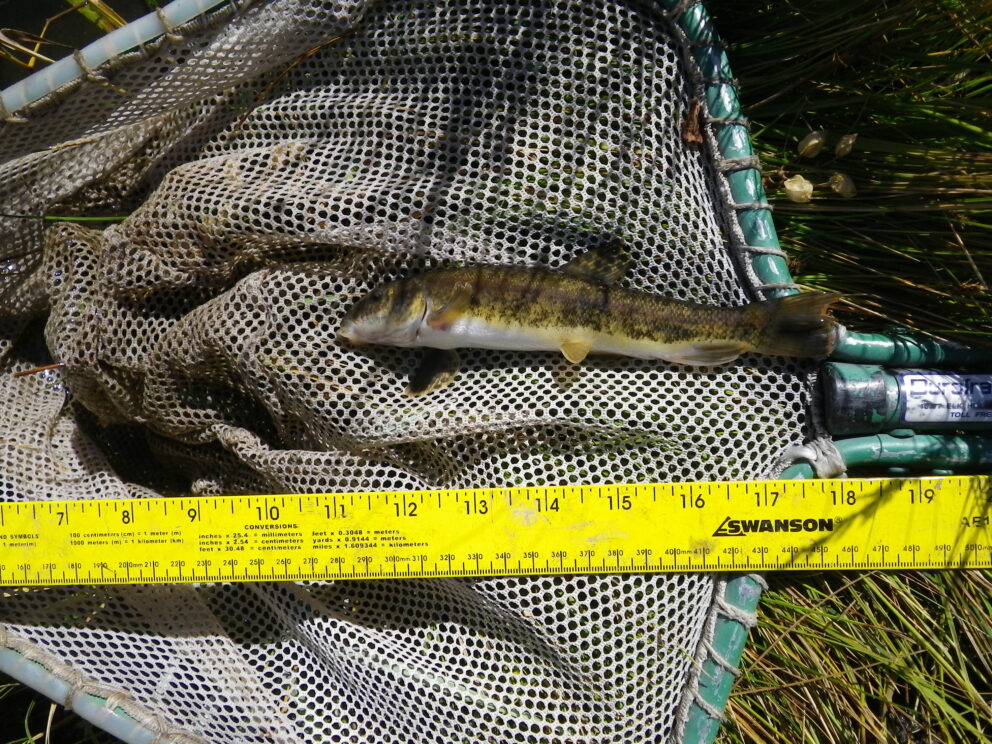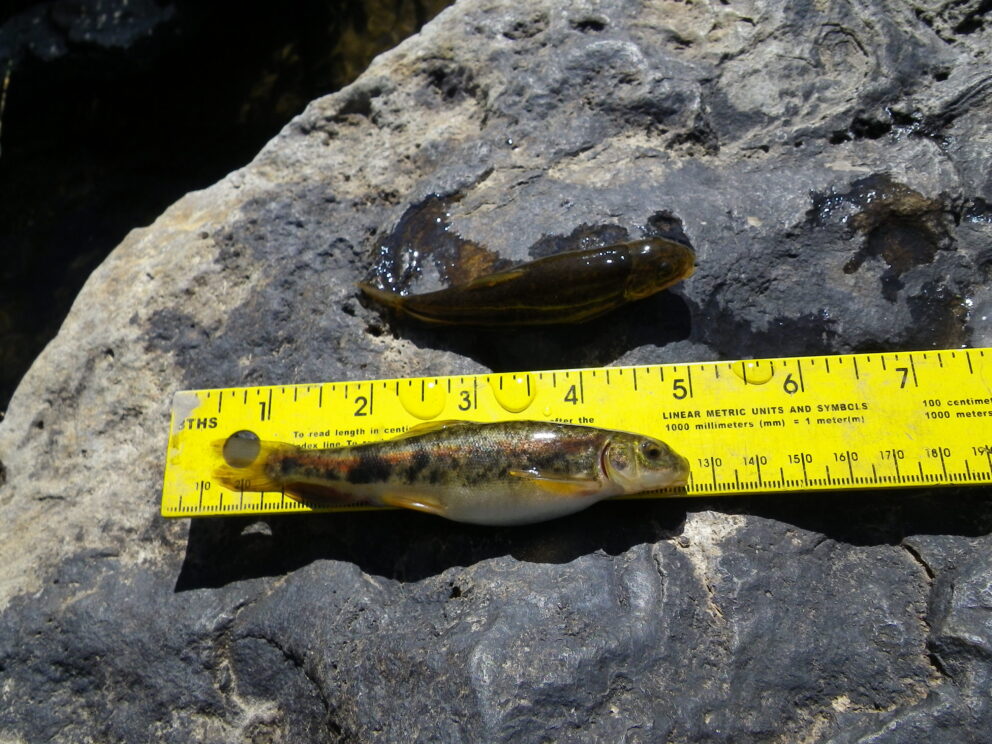- SCIENTIFIC NAME
- Catostomus warnerensis
- CLASSIFICATION
- Fish
- LIFE SPAN
- 3-9 Years
- STATE CONSERVATION STATUS
-
- Threatened
- FEDERAL CONSERVATION STATUS
- Near Threatened
- GAME STATUS
- Non-Game
- GAME TYPE
- None
- Washoe
- Humboldt
- Pershing
- Churchill
- Mineral
- Lyon
- Douglas
- Carson City
- Storey
- Elko
- Lander
- Eureka
- White Pine
- Esmeralda
- Nye
- Lincoln
- Clark
Habitat & Range
The Warner Sucker is native to Oregon in the United States and found only in the Warner Basin, its distribution extends just into northern Nevada and California.
- Lakes and reservoirs
- Marsh
- Rivers and streams
Threats
- Dams
- Predation
- Water Pollution
Natural History
The diet of the Warner sucker probably consists of algae, midge larvae and other small insects, zooplankton and other aquatic critters. Because of dams that obstruct passage and because some populations occur in pools close to suitable spawning areas. Typical spawning usually involves one female attended by two or more males. Larvae is deposited upstream and juveniles merge in about four weeks, and the young remain in creeks near the spawning areas for several months to two years before descending to larger bodies of water.
These fish are migrators, although they don’t travel far. The Warner Sucker is a species that was isolated in the remaining waters of a Pleistocene Lake that previously covered much of the Warner Basin floor. When glaciers retreated and the climate became drier, the lake gradually disappeared.
Fun Facts














